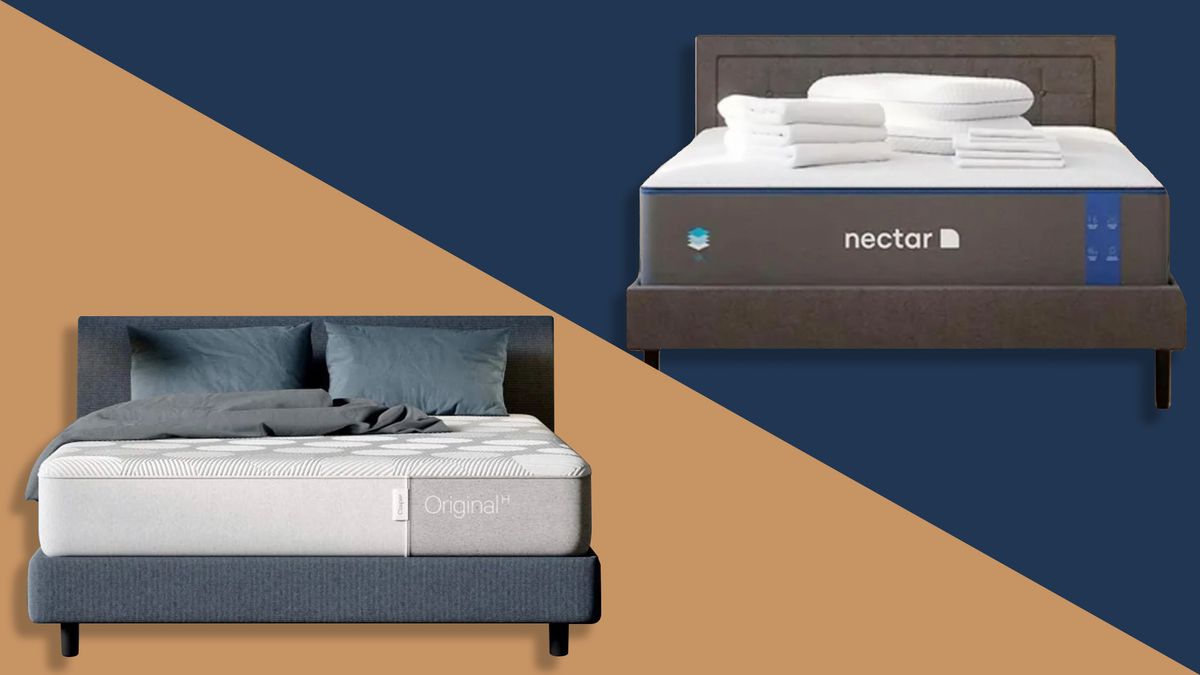When it comes to choosing a new mattress, the options can be overwhelming. Two of the most popular types of mattresses are pillow top and memory foam. While they may seem similar, there are actually some significant differences between the two. In this article, we'll break down the main differences between pillow top and memory foam mattresses to help you make the best decision for your sleep needs. Pillow Top vs Memory Foam Mattress: What's the Difference?
Both pillow top and memory foam mattresses offer unique features and benefits. A pillow top mattress is a traditional innerspring mattress with an additional layer of padding sewn onto the top to provide extra comfort and cushioning. On the other hand, a memory foam mattress is made entirely of foam, with a layer of memory foam on top that conforms to your body shape and provides pressure relief. Understanding the Differences Between Pillow Top and Memory Foam Mattresses
When deciding between a pillow top and memory foam mattress, it's important to consider your personal preferences and needs. Pillow top mattresses are known for their plush, soft feel, while memory foam mattresses offer a more contouring and supportive sensation. If you prefer a traditional, bouncy feel, a pillow top mattress may be the better option for you. However, if you experience back or joint pain, a memory foam mattress may provide the support and pressure relief you need for a comfortable night's sleep. Comparing Pillow Top and Memory Foam Mattresses: Which is Right for You?
Like any mattress type, both pillow top and memory foam have their own set of pros and cons. Pillow top mattresses offer a luxurious, plush feel and are generally more affordable than memory foam mattresses. However, they may not provide enough support for those with back pain and can have a shorter lifespan compared to memory foam mattresses. Memory foam mattresses, on the other hand, are known for their pressure-relieving properties and can last longer than traditional mattresses. However, they can be more expensive and may retain heat, making them uncomfortable for hot sleepers. The Pros and Cons of Pillow Top and Memory Foam Mattresses
When deciding between a pillow top and memory foam mattress, there are a few key factors to consider. First, think about your sleep position and any specific areas of pain or discomfort. Side sleepers may benefit from the pressure relief of a memory foam mattress, while back and stomach sleepers may prefer the support of a pillow top. You should also consider your budget, as memory foam mattresses tend to be more expensive. Finally, take into account the temperature in your bedroom and whether you tend to sleep hot or cold, as this can affect your comfort on a memory foam mattress. Choosing Between a Pillow Top and Memory Foam Mattress: Factors to Consider
One of the main differences between pillow top and memory foam mattresses is the level of support and comfort they provide. Pillow top mattresses offer a soft and plush surface that can be comfortable for some sleepers, but may not provide enough support for others. Memory foam mattresses, on the other hand, conform to your body's shape and provide targeted support and pressure relief, making them a popular choice for those with chronic pain or injuries. Pillow Top vs Memory Foam: Which Offers Better Support and Comfort?
In addition to support and comfort, pillow top and memory foam mattresses also have unique features that set them apart. Pillow top mattresses are known for their luxurious feel and are often made with high-quality materials such as memory foam, latex, or down. Memory foam mattresses, on the other hand, are designed to contour to your body and provide pressure relief. They can also be made with a variety of foam layers, each with different properties to cater to individual sleep needs. Exploring the Unique Features of Pillow Top and Memory Foam Mattresses
The construction and materials used in pillow top and memory foam mattresses are vastly different. Pillow top mattresses typically have a layer of plush padding sewn onto the top of an innerspring mattress. On the other hand, memory foam mattresses are made entirely of foam, with layers of different densities and types of foam to provide support, comfort, and temperature regulation. Both types of mattresses can also come in different levels of firmness to cater to individual preferences. Understanding the Construction and Materials of Pillow Top and Memory Foam Mattresses
When investing in a new mattress, it's important to consider its durability and longevity. Pillow top mattresses may have a shorter lifespan compared to memory foam mattresses due to the extra layer of padding on top, which can compress over time. Memory foam mattresses, on the other hand, are known for their durability and can last up to 10 years with proper care. However, it's important to note that the lifespan of any mattress will depend on factors such as usage, weight, and maintenance. The Durability and Longevity of Pillow Top and Memory Foam Mattresses
Ultimately, the choice between a pillow top and memory foam mattress will depend on your personal preferences and needs. If you prioritize a soft, plush surface, a pillow top may be the right choice for you. If you need targeted support and pressure relief, a memory foam mattress may be a better fit. Whichever you choose, make sure to do your research, consider your sleep needs, and test out different options to find the perfect balance of softness and support for a comfortable and restful night's sleep. Finding the Perfect Balance of Softness and Support with Pillow Top and Memory Foam Mattresses
The Benefits of a Memory Foam Mattress
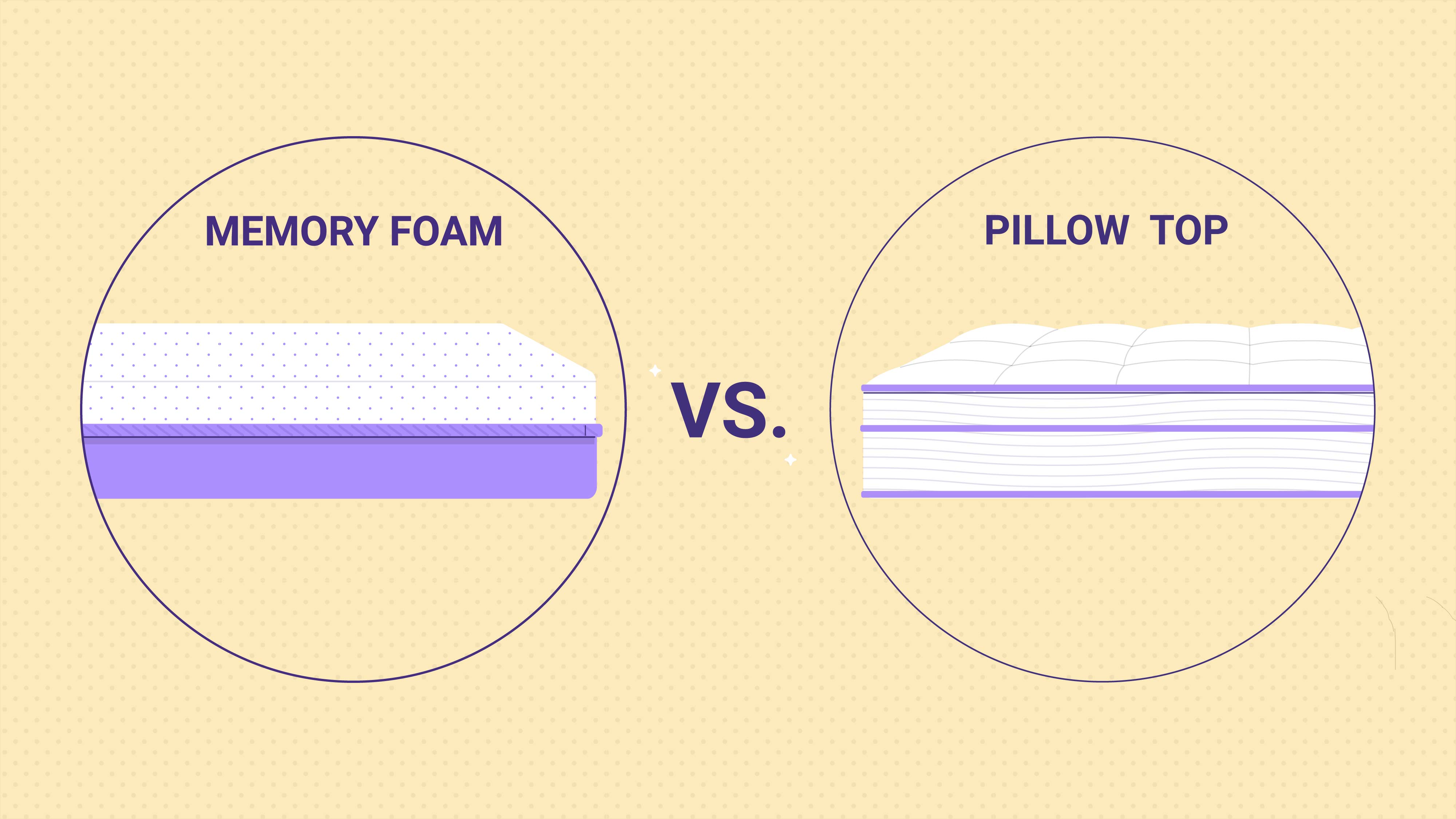
Support and Comfort
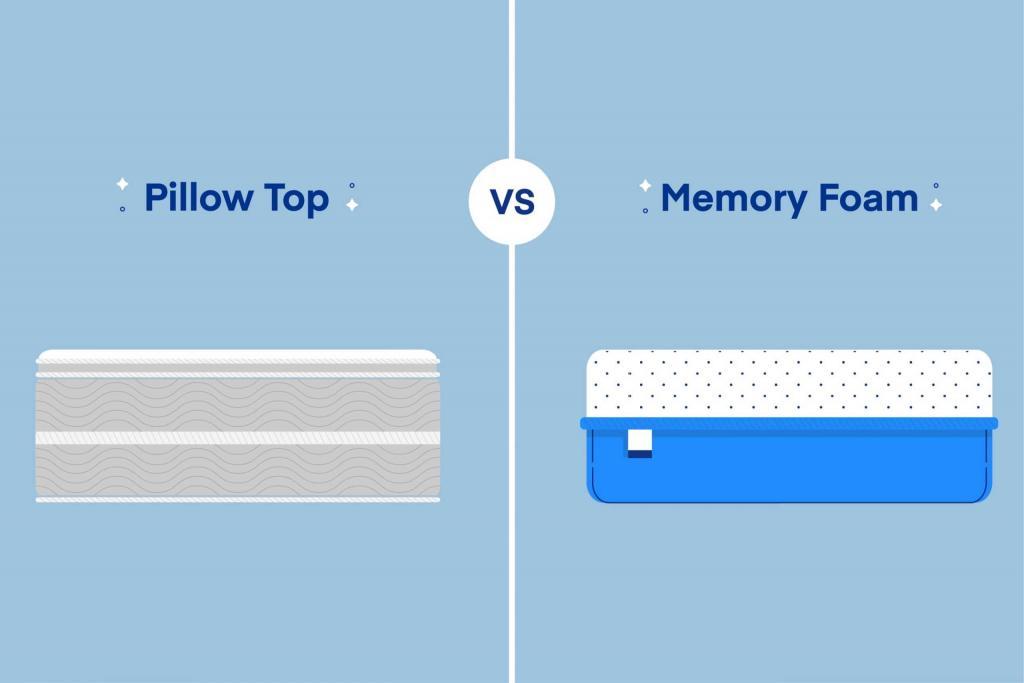
One of the main differences between a pillow top and memory foam mattress is the level of support and comfort they provide. While pillow top mattresses offer a soft and plush surface, memory foam mattresses have a more dense and conforming feel. Memory foam is made up of viscoelastic material that responds to body heat and weight, contouring to the shape of the body and providing support in all the right places.
The density of memory foam also adds to its ability to provide support. Higher density foam can offer more support and pressure relief, making it a good choice for those with back or joint pain. Pillow top mattresses, on the other hand, may not provide enough support for those with these issues.
Durability and Longevity

Another important factor to consider when choosing between a pillow top and memory foam mattress is durability. While both types of mattresses can offer comfort and support, memory foam mattresses tend to last longer. The high-density foam used in memory foam mattresses is more resilient and can maintain its shape and support for a longer period of time.
Pillow top mattresses, on the other hand, may start to lose their plushness and support over time, especially if they are made with lower quality materials. This can lead to the need for replacement sooner than expected, making a memory foam mattress a more cost-effective option in the long run.
Motion Isolation

If you share a bed with a partner, you may be familiar with the issue of motion transfer. This is when movement on one side of the bed can be felt on the other side, disturbing the sleep of the person on that side. Memory foam mattresses excel in motion isolation, as the foam absorbs and minimizes movement, allowing for a more peaceful and undisturbed night's sleep.
Pillow top mattresses, on the other hand, may not offer the same level of motion isolation due to their softer and more responsive surface. This can be a concern for couples who are easily disturbed by their partner's movements during the night.
Conclusion
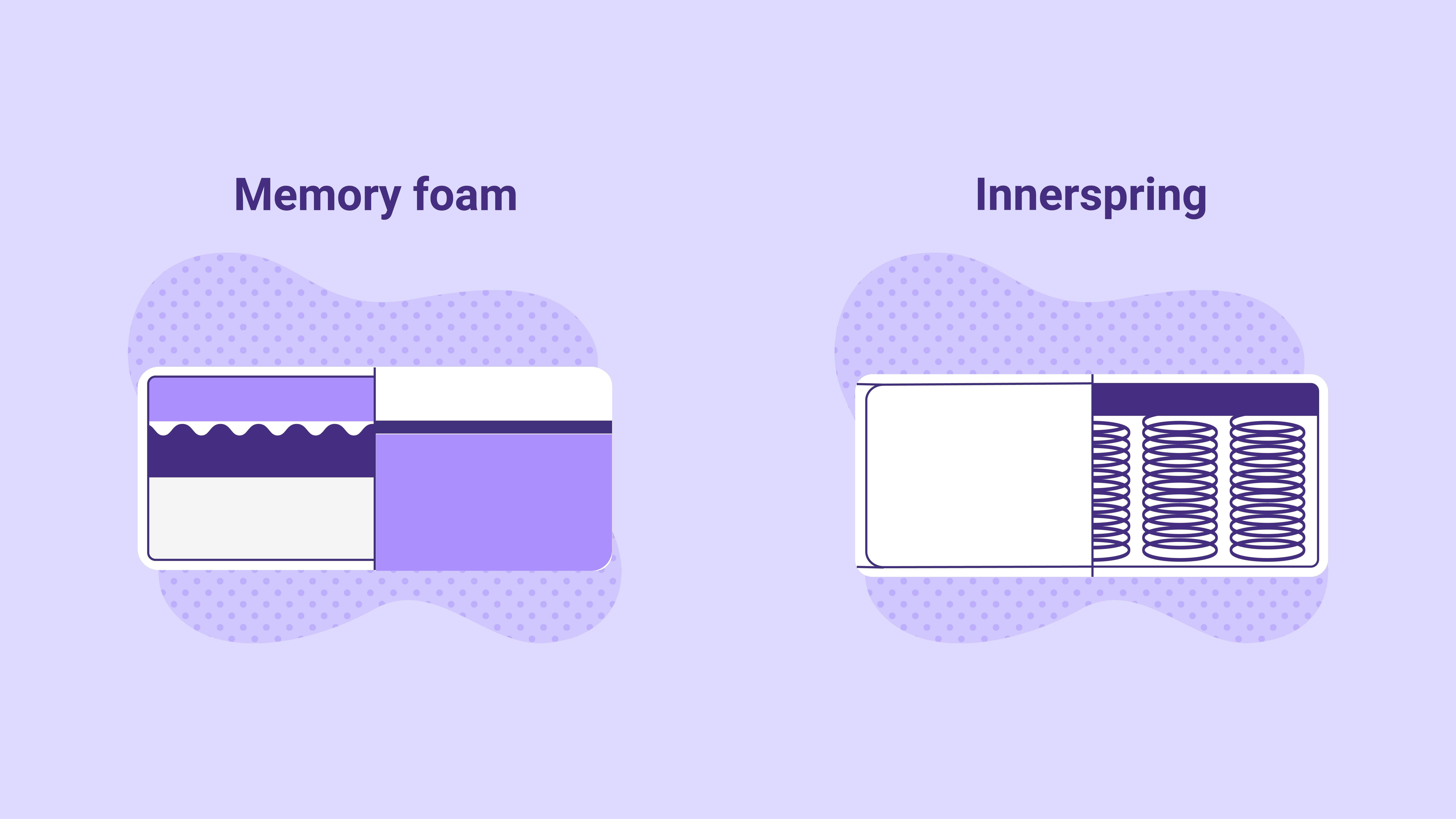
In conclusion, while both pillow top and memory foam mattresses offer their own unique benefits, the choice ultimately comes down to personal preference and specific needs. If you value a plush and soft surface and do not have any specific support or pain-relieving needs, a pillow top mattress may be a good option for you. However, if you are looking for long-lasting support, motion isolation, and pressure relief, a memory foam mattress may be the better choice.
Ultimately, it is important to carefully consider your sleeping habits, preferences, and needs when choosing between these two types of mattresses. Both can offer a comfortable and supportive sleep surface, but understanding their differences can help you make the best decision for your specific needs.



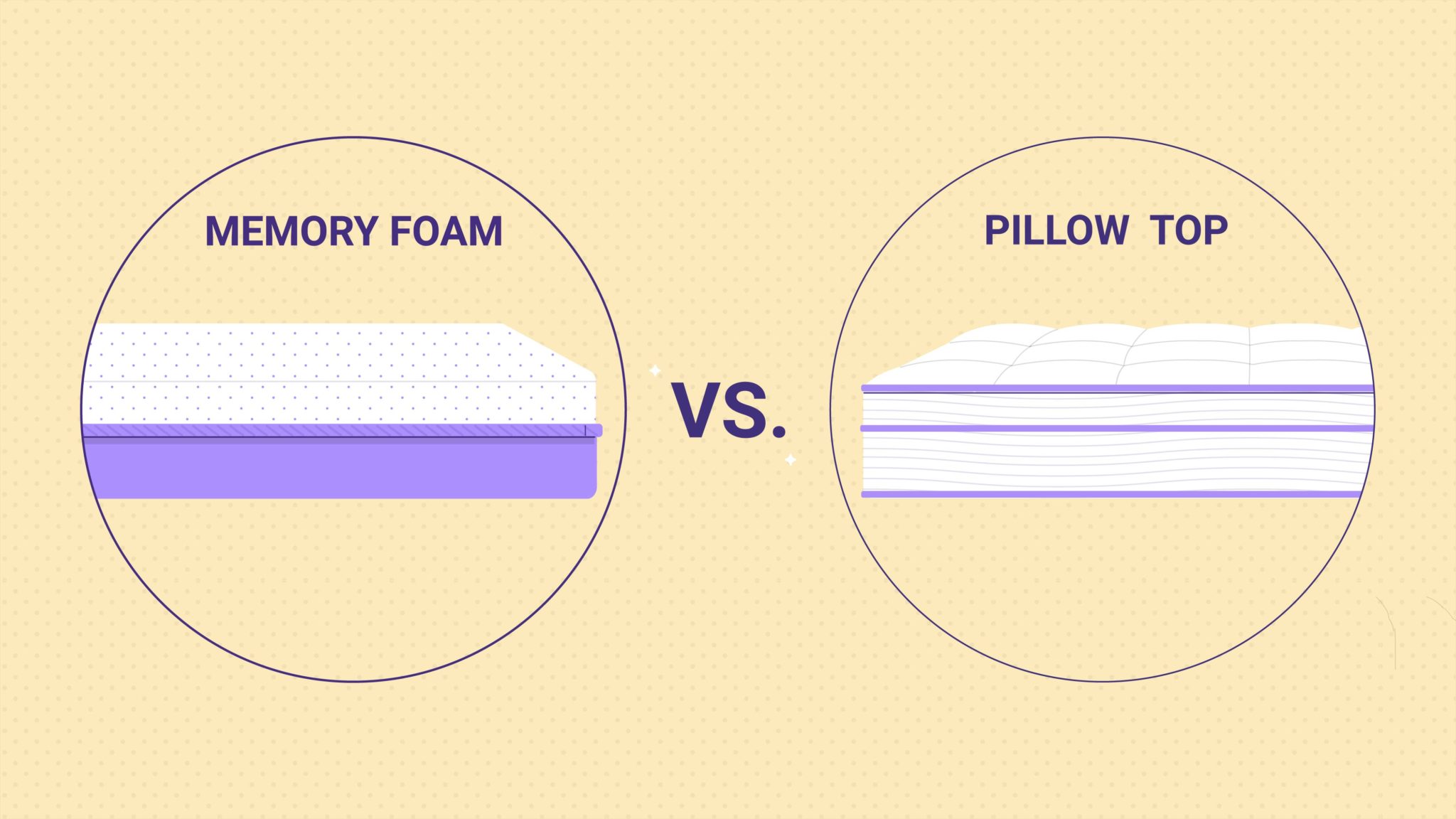
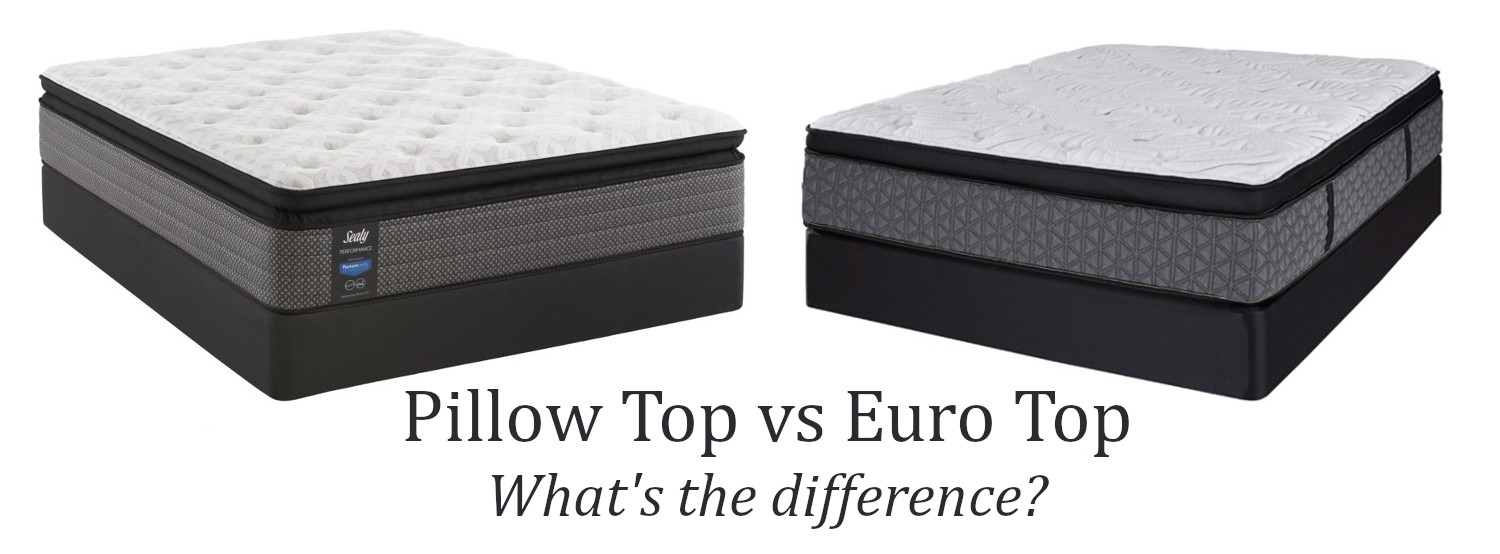

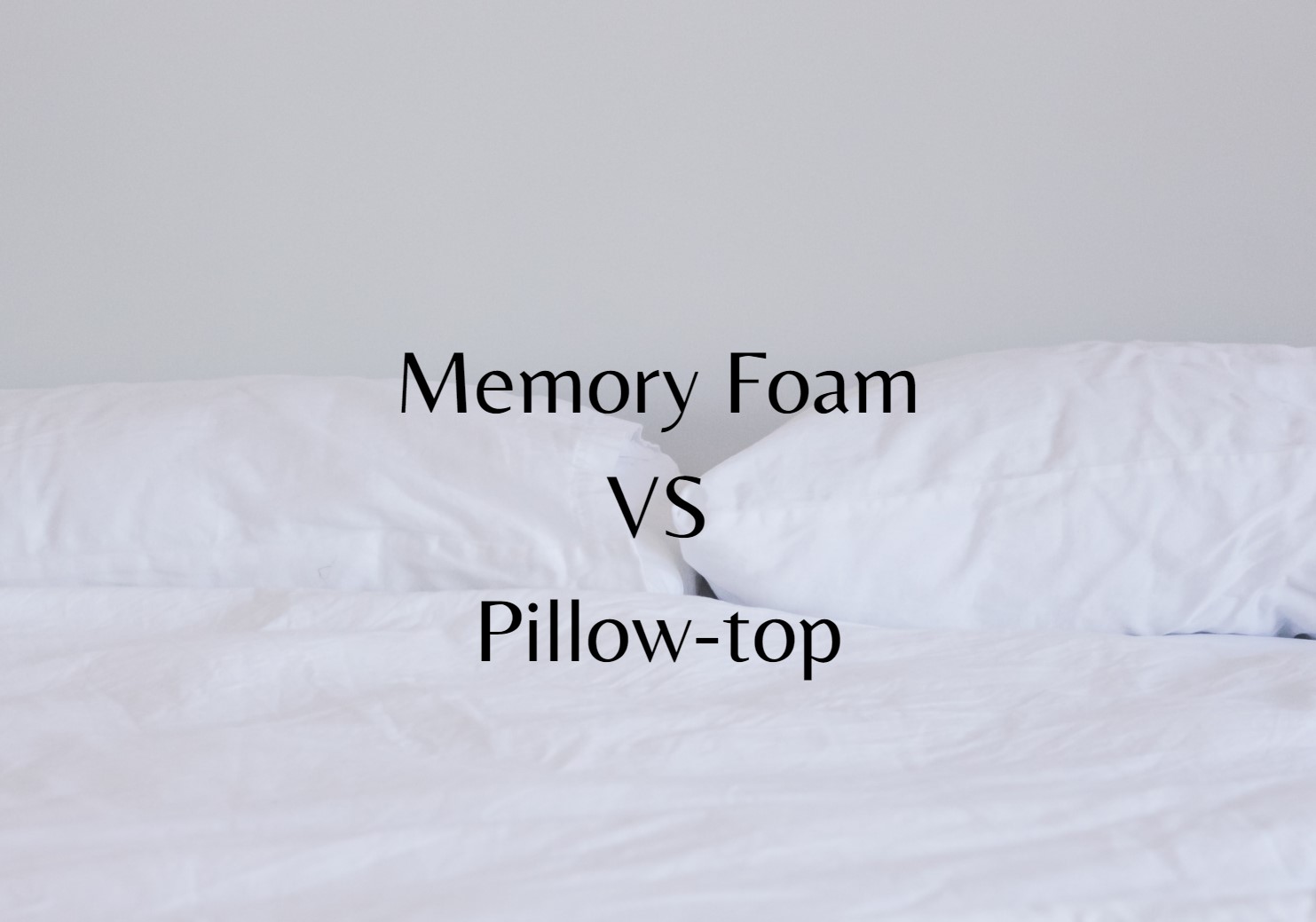
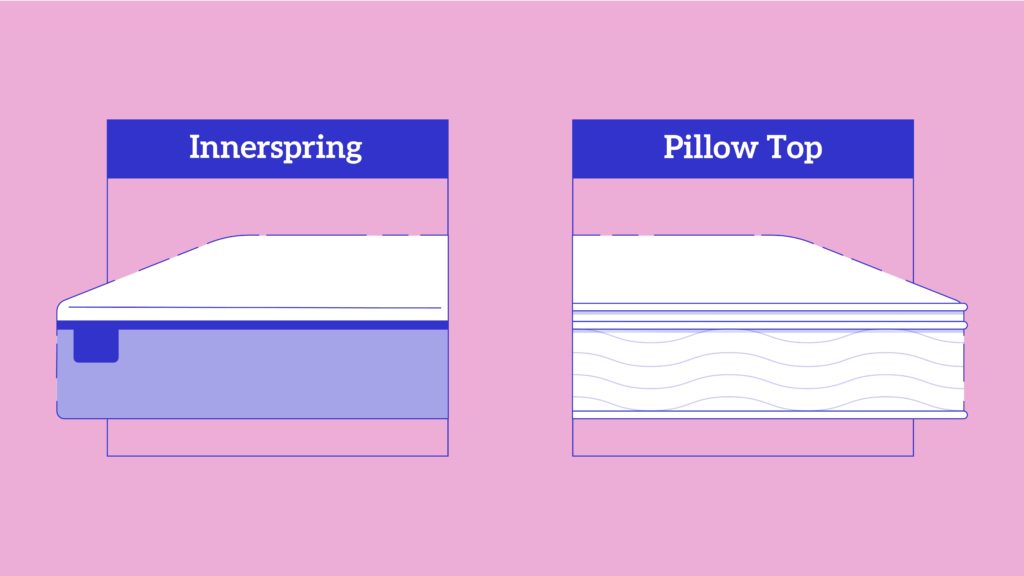



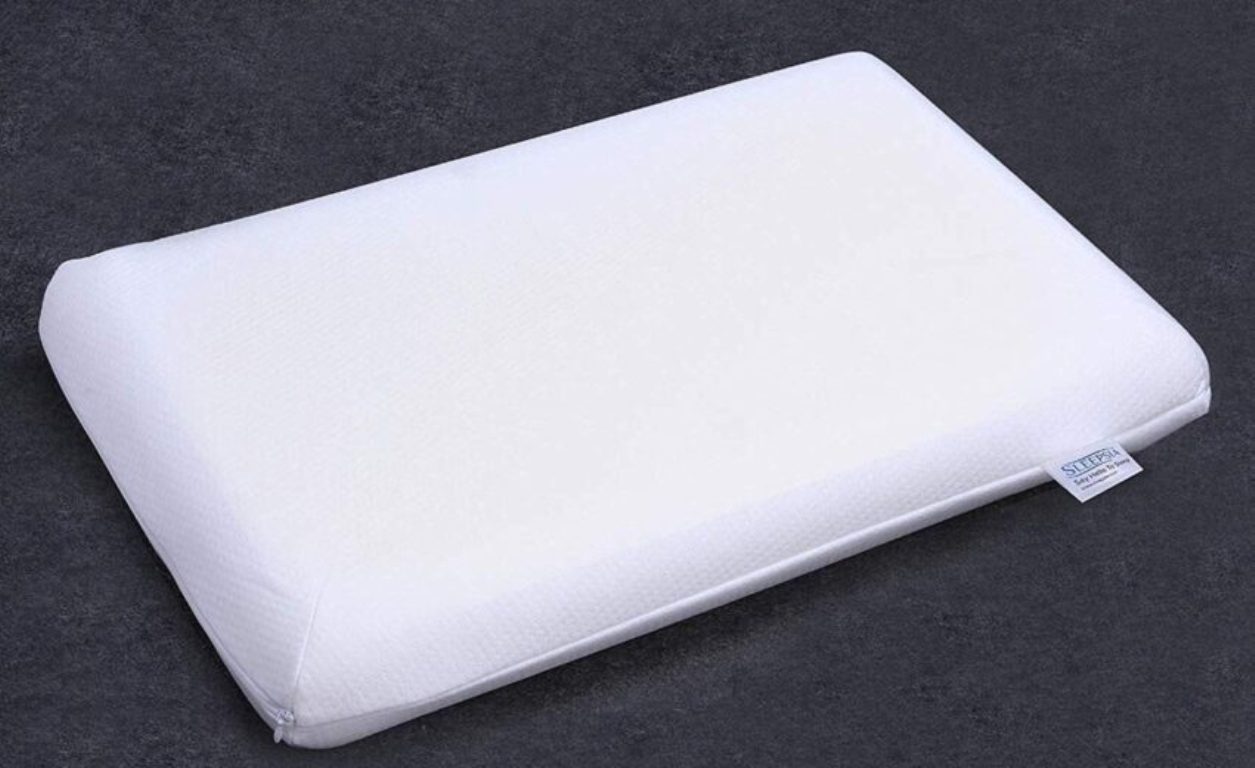
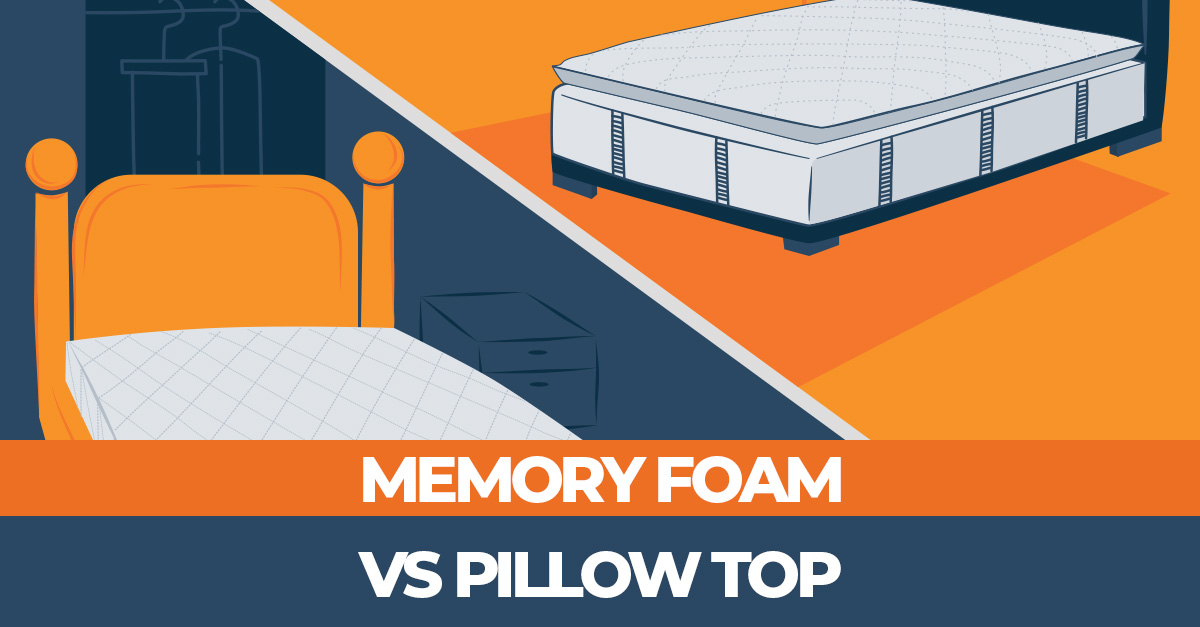

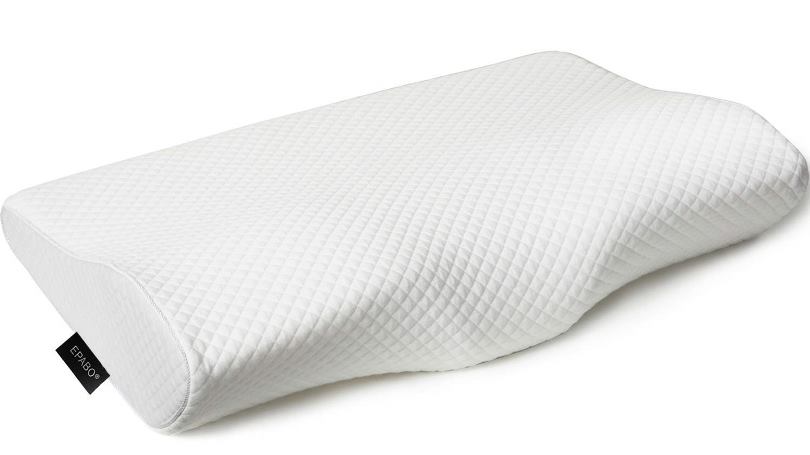

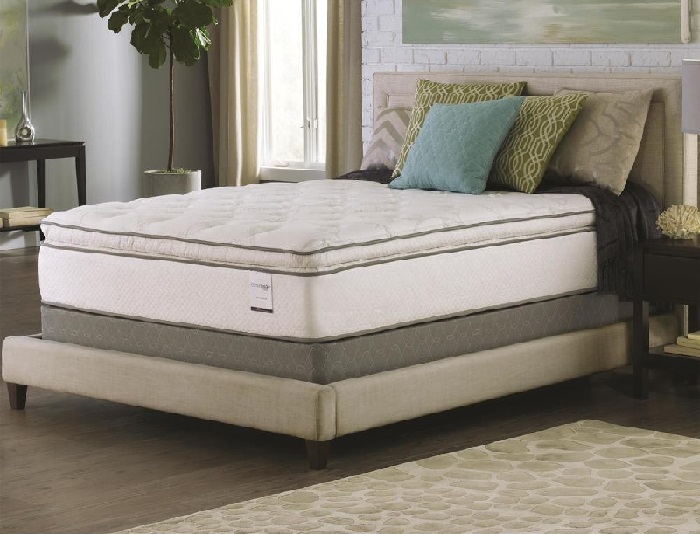














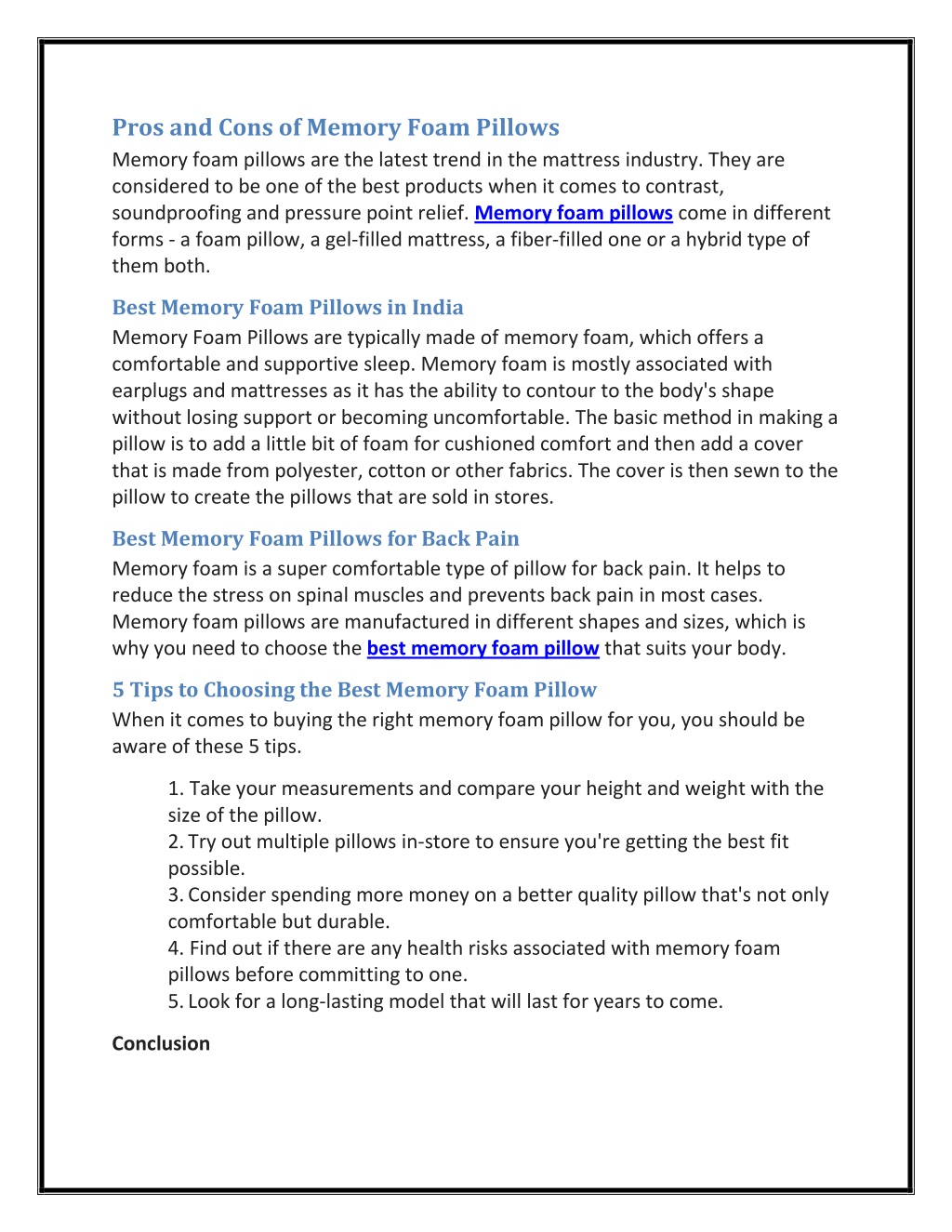

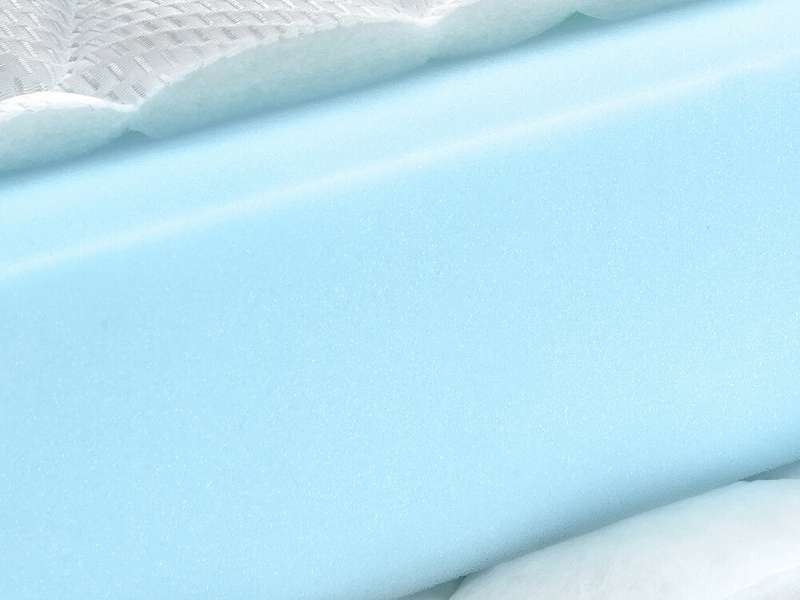





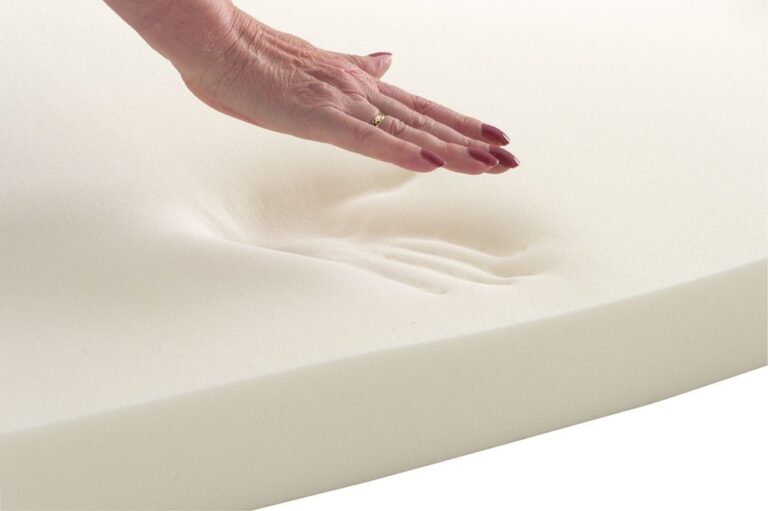


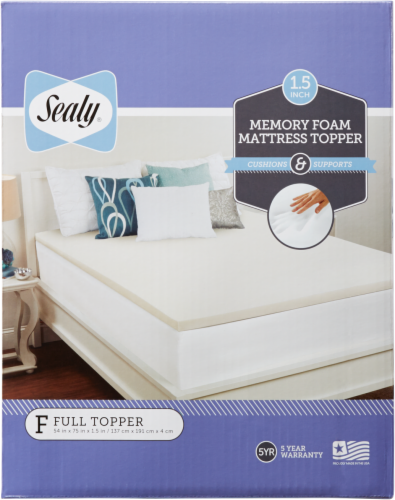
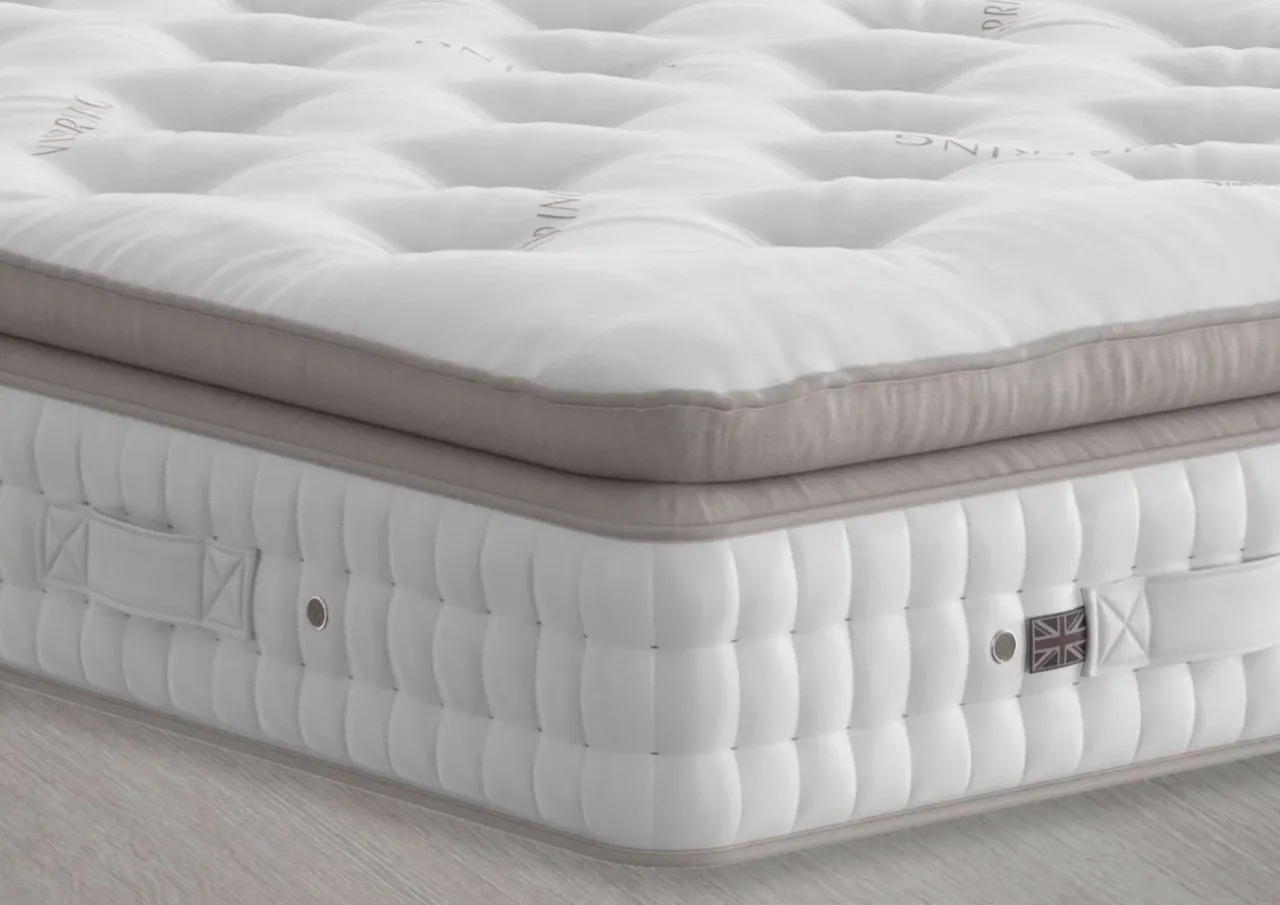
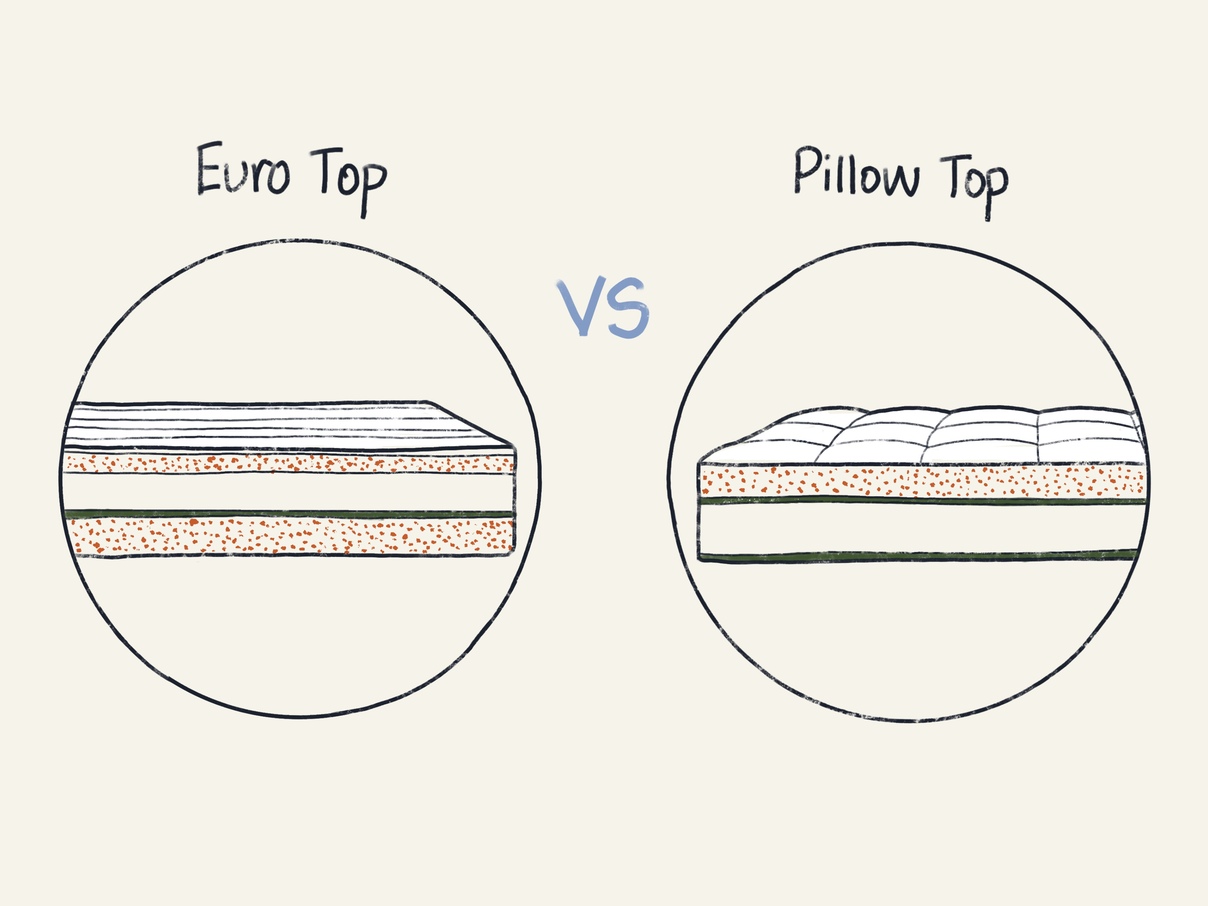
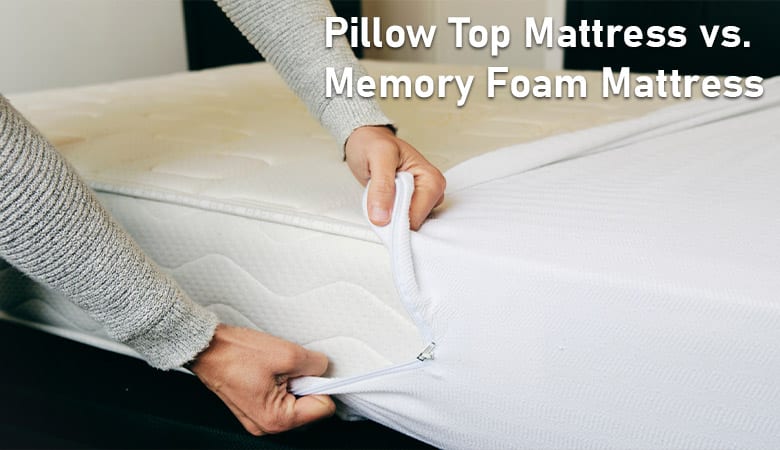

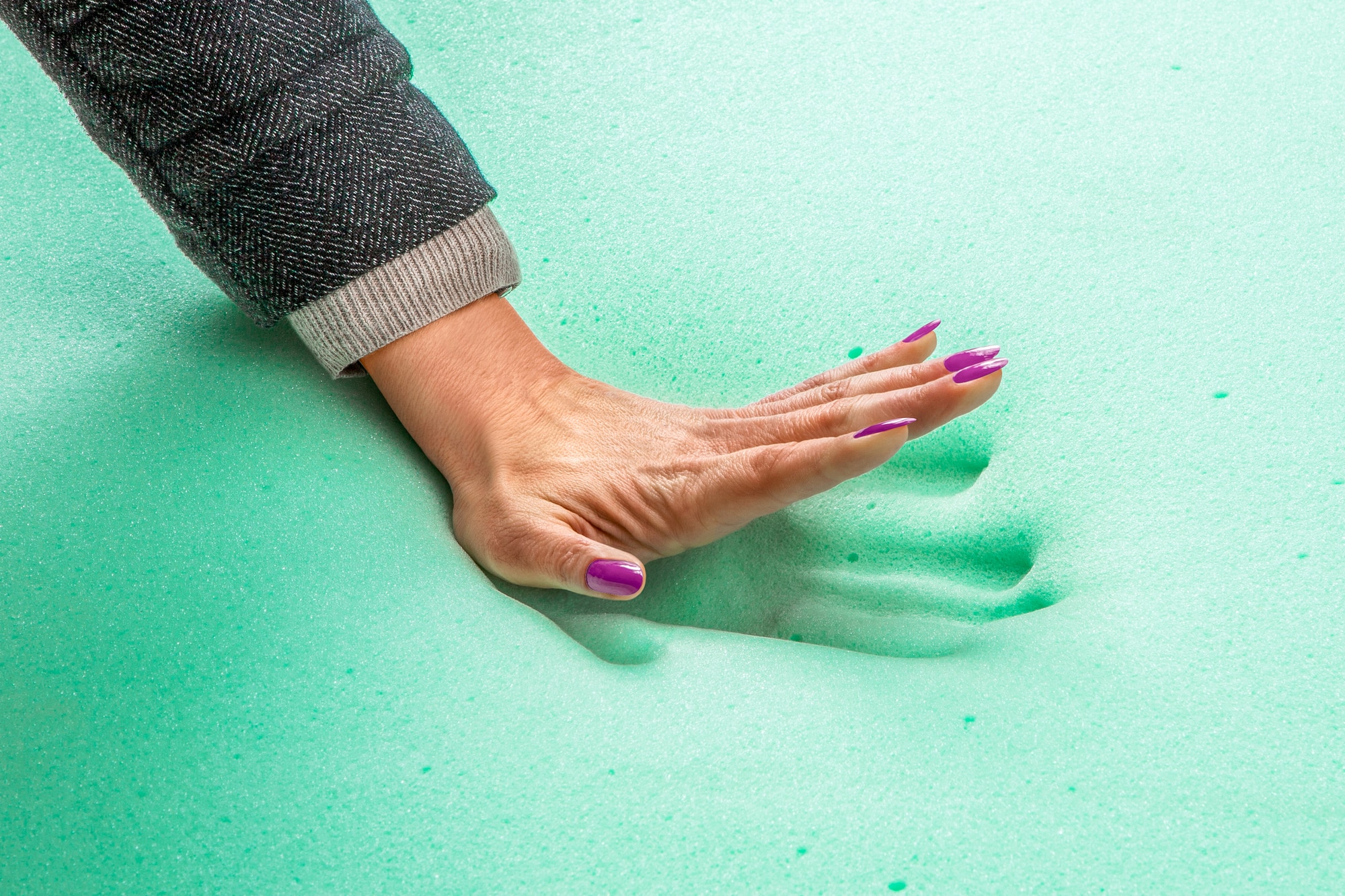
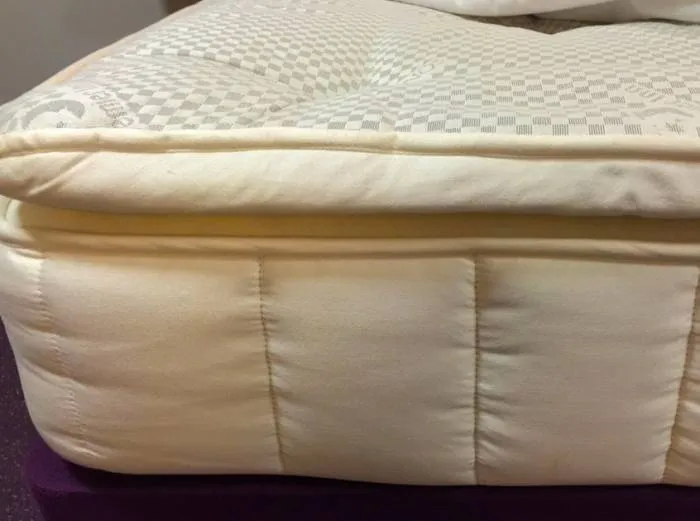
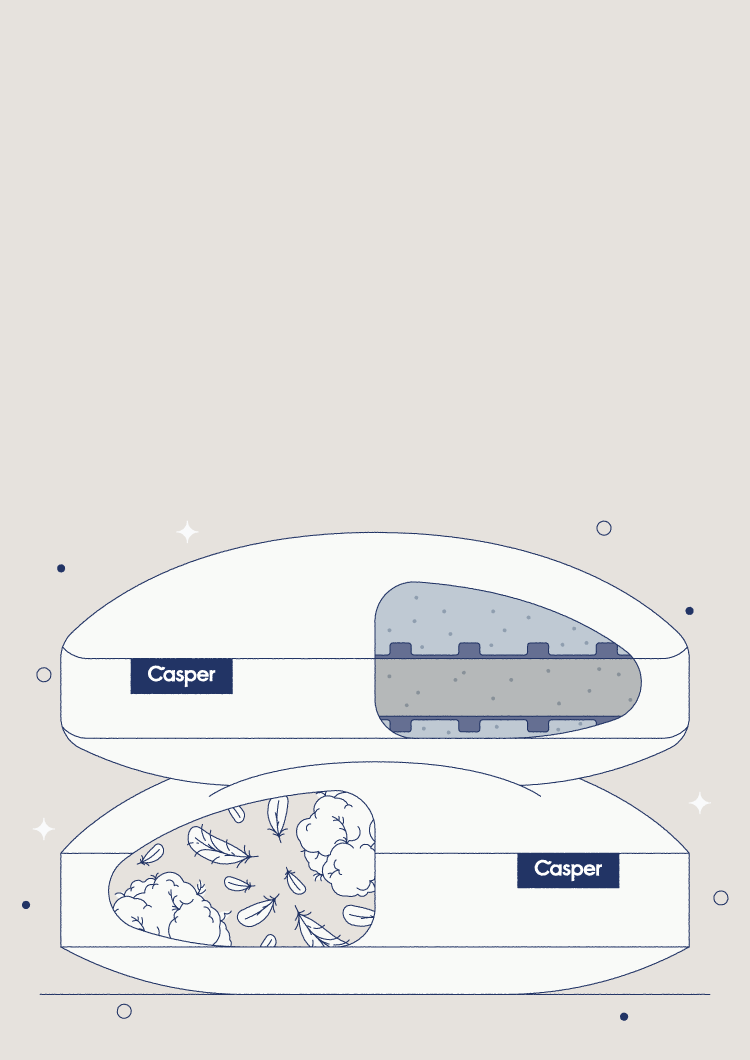





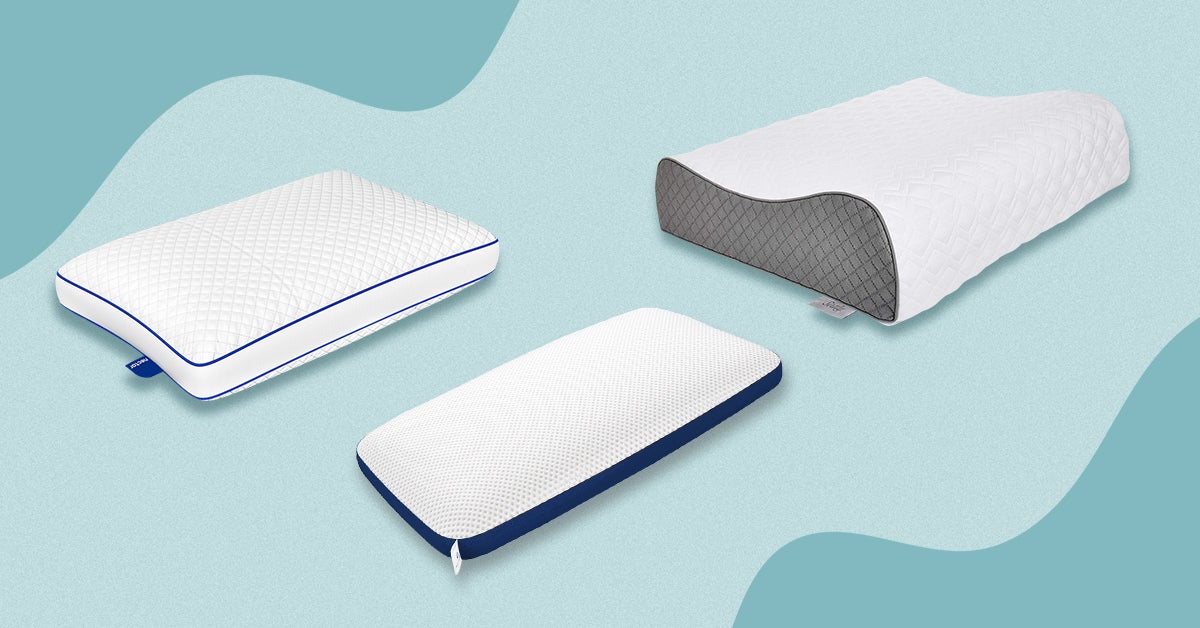






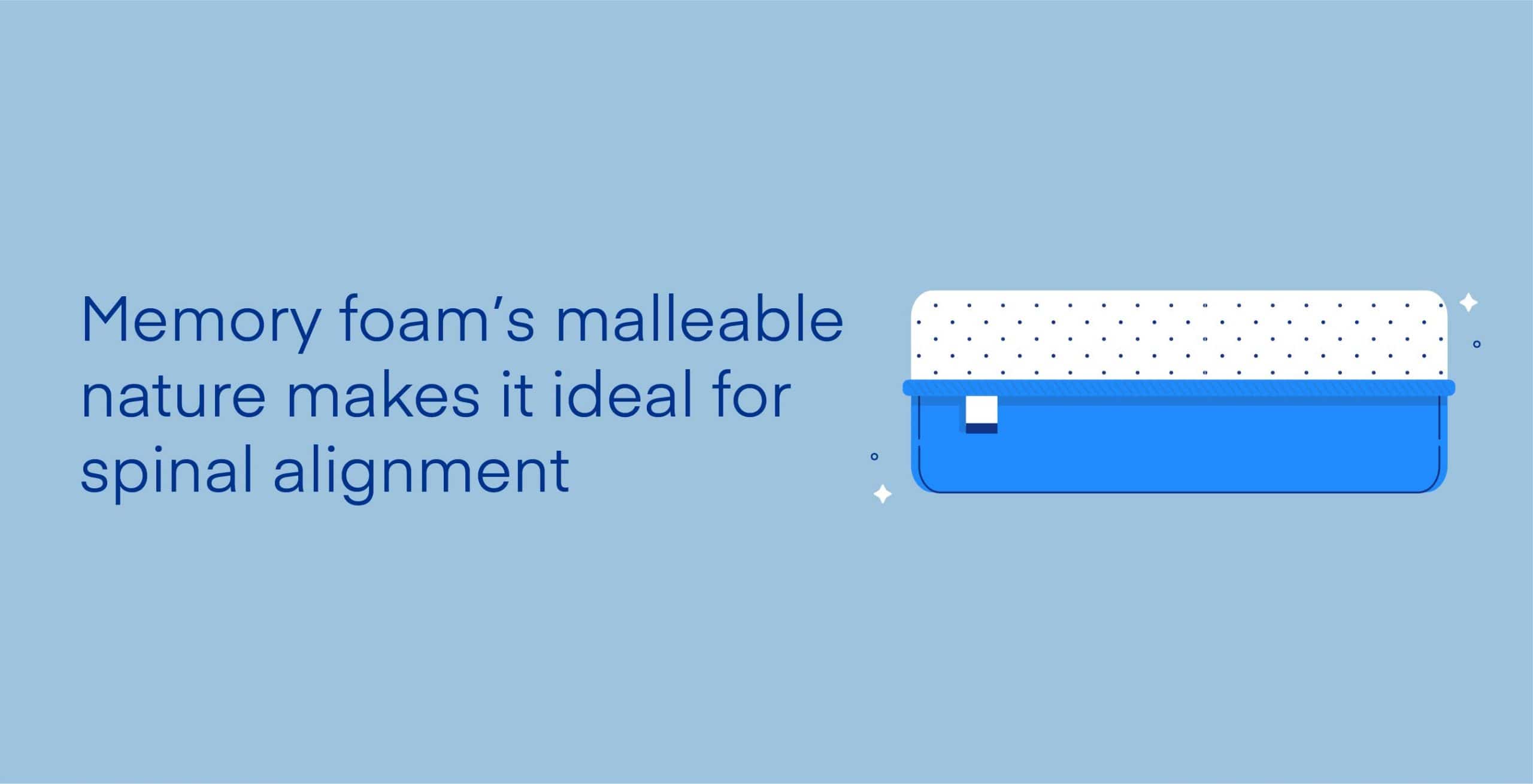

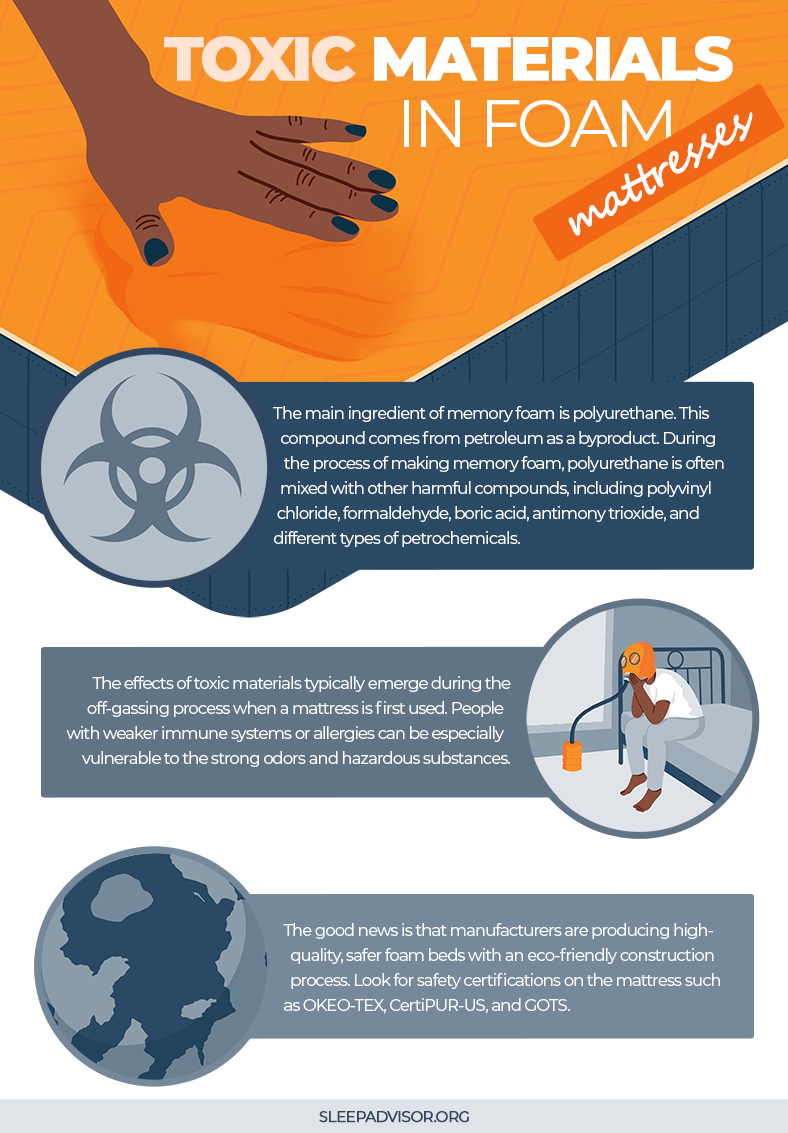


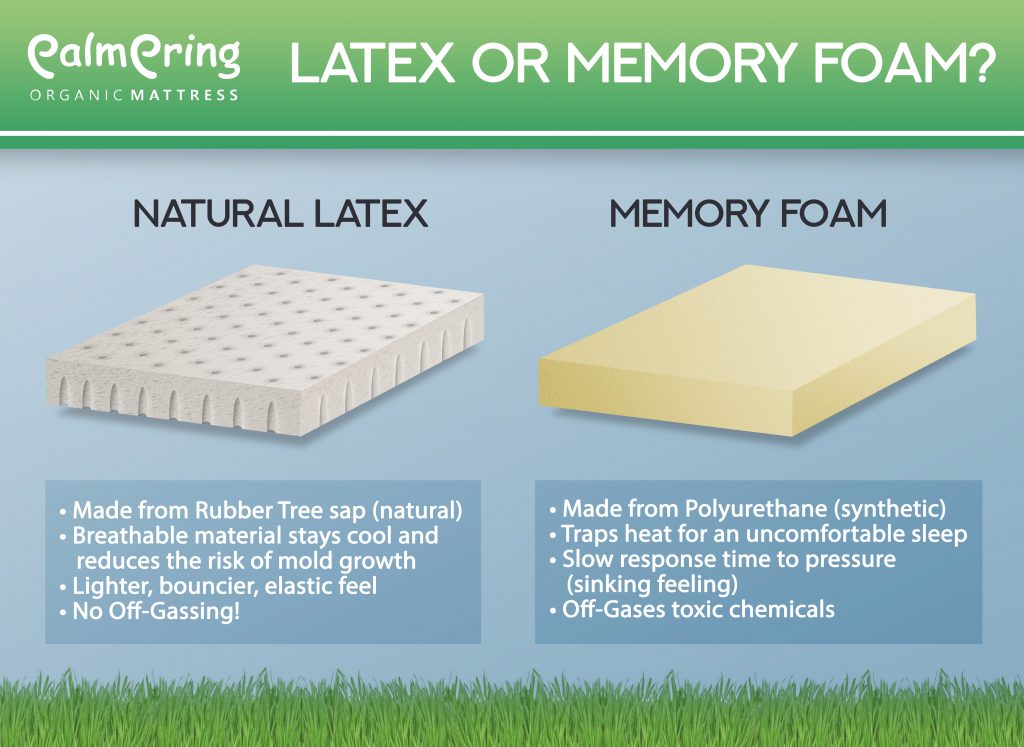
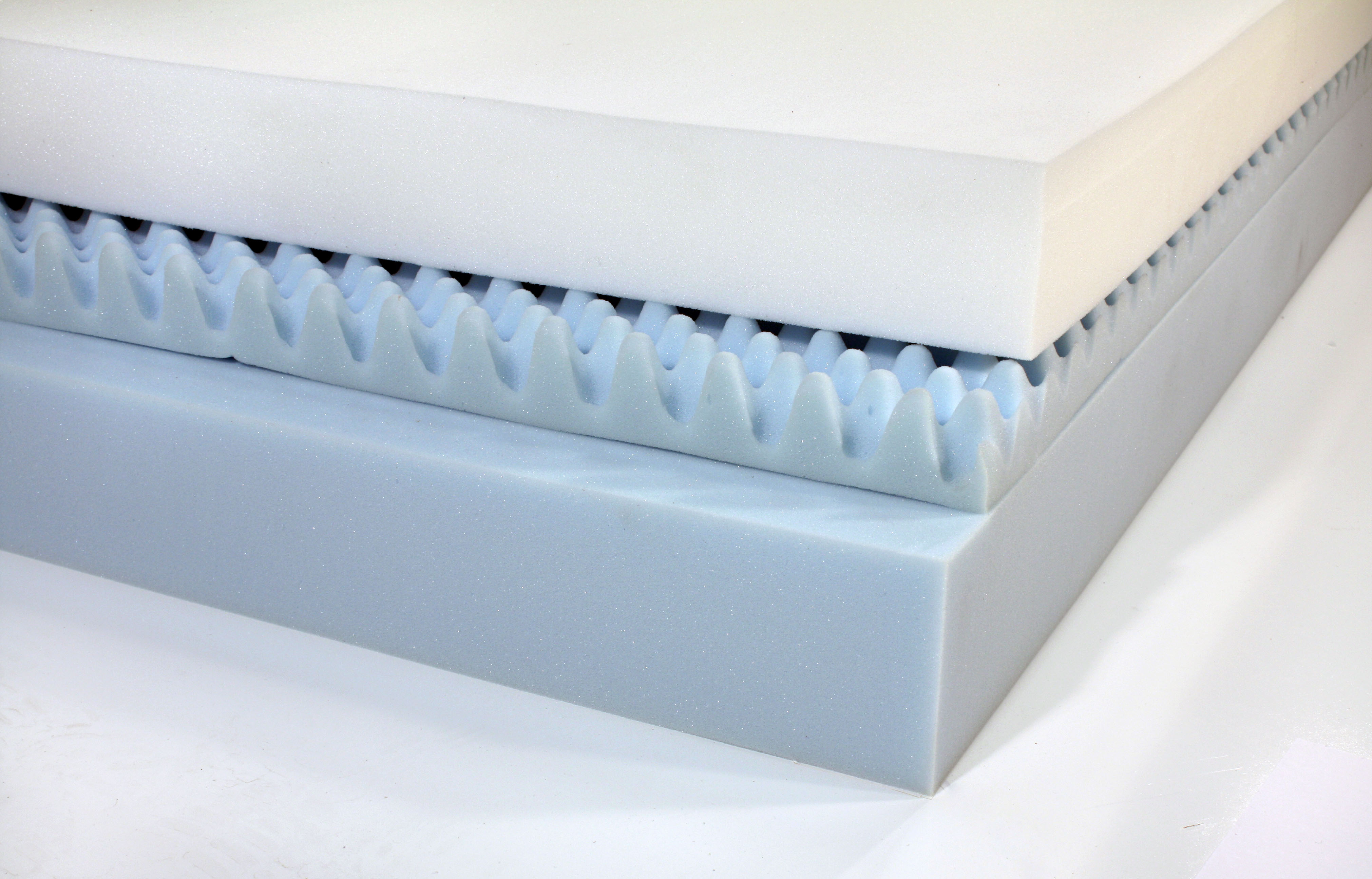



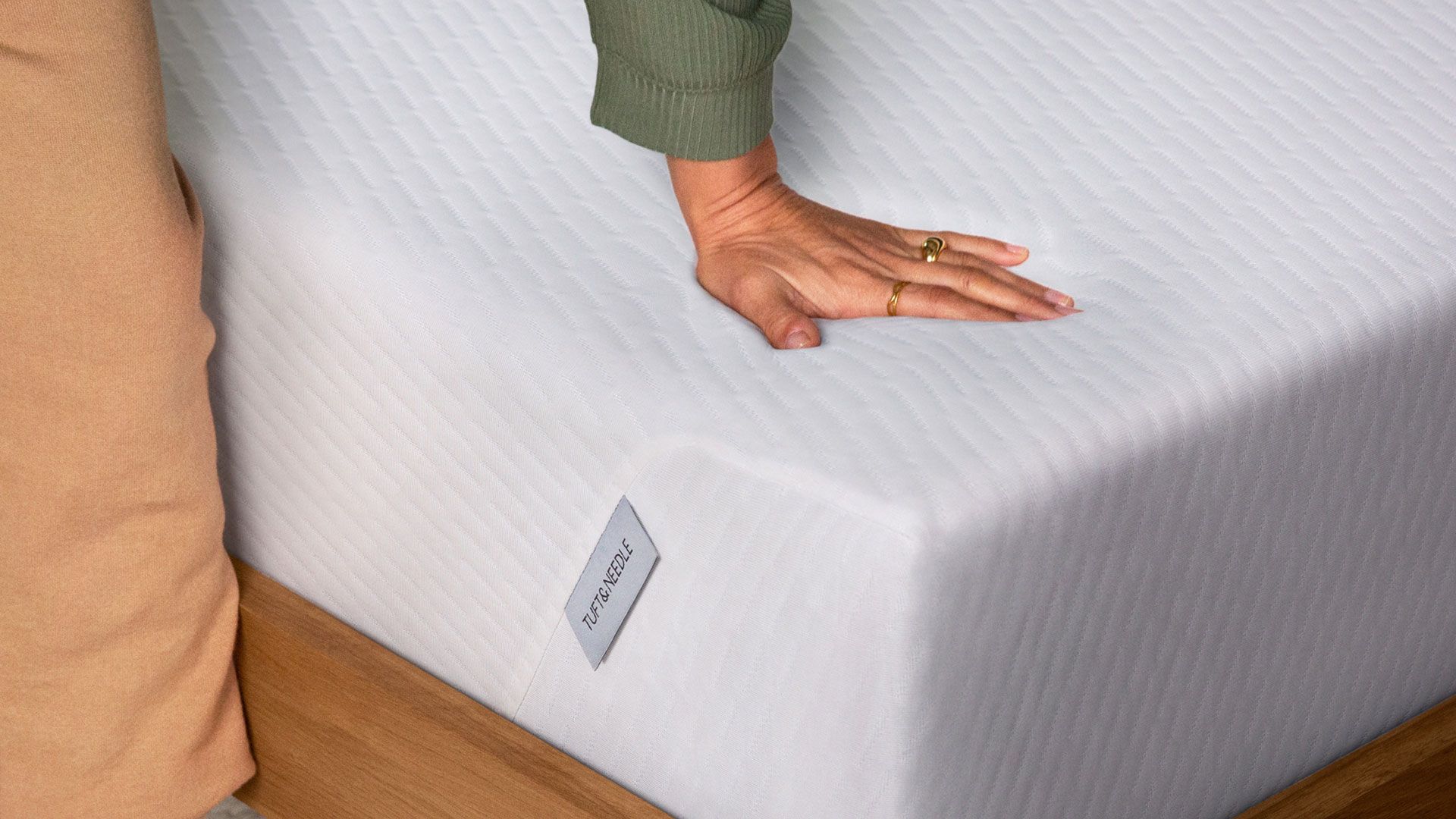
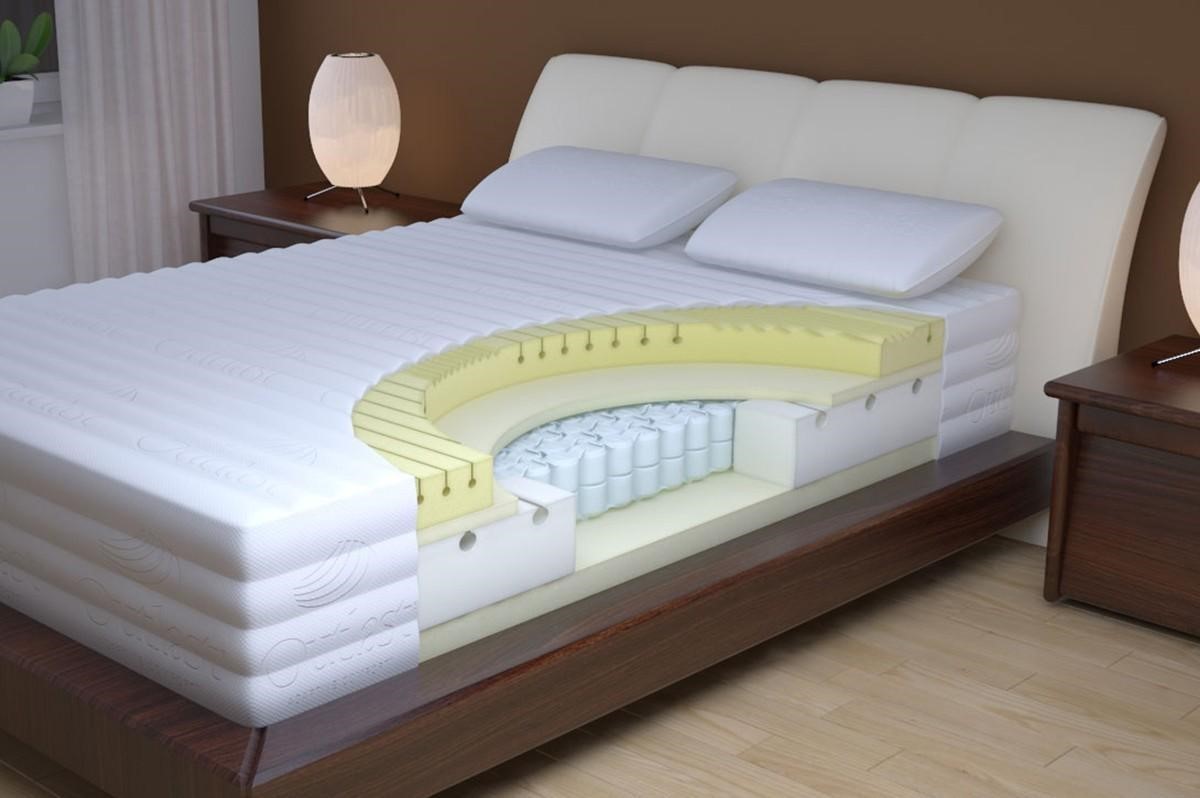




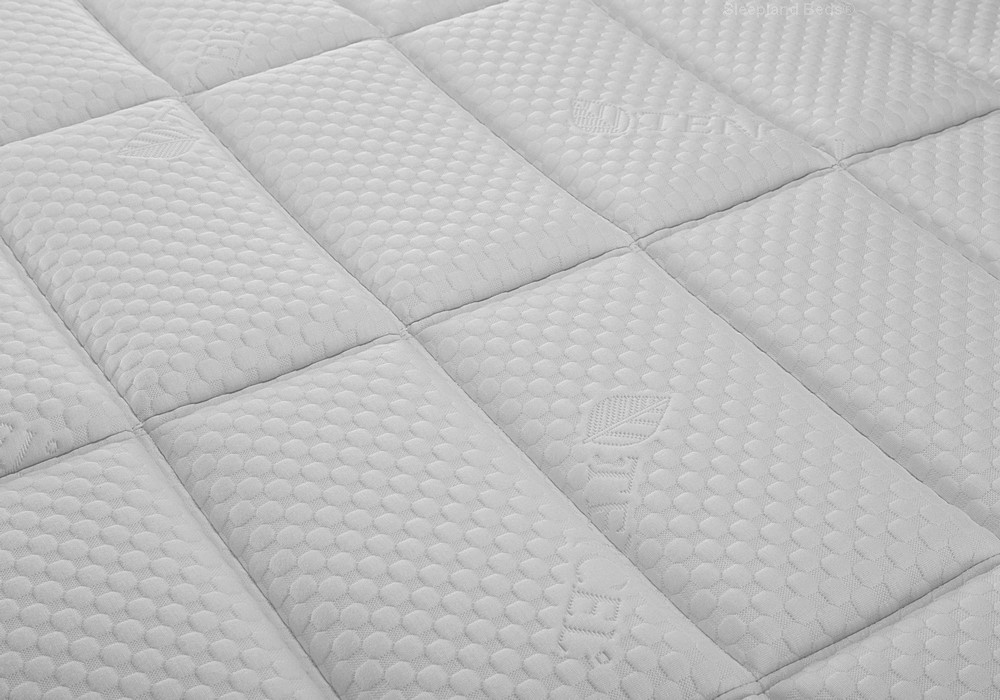

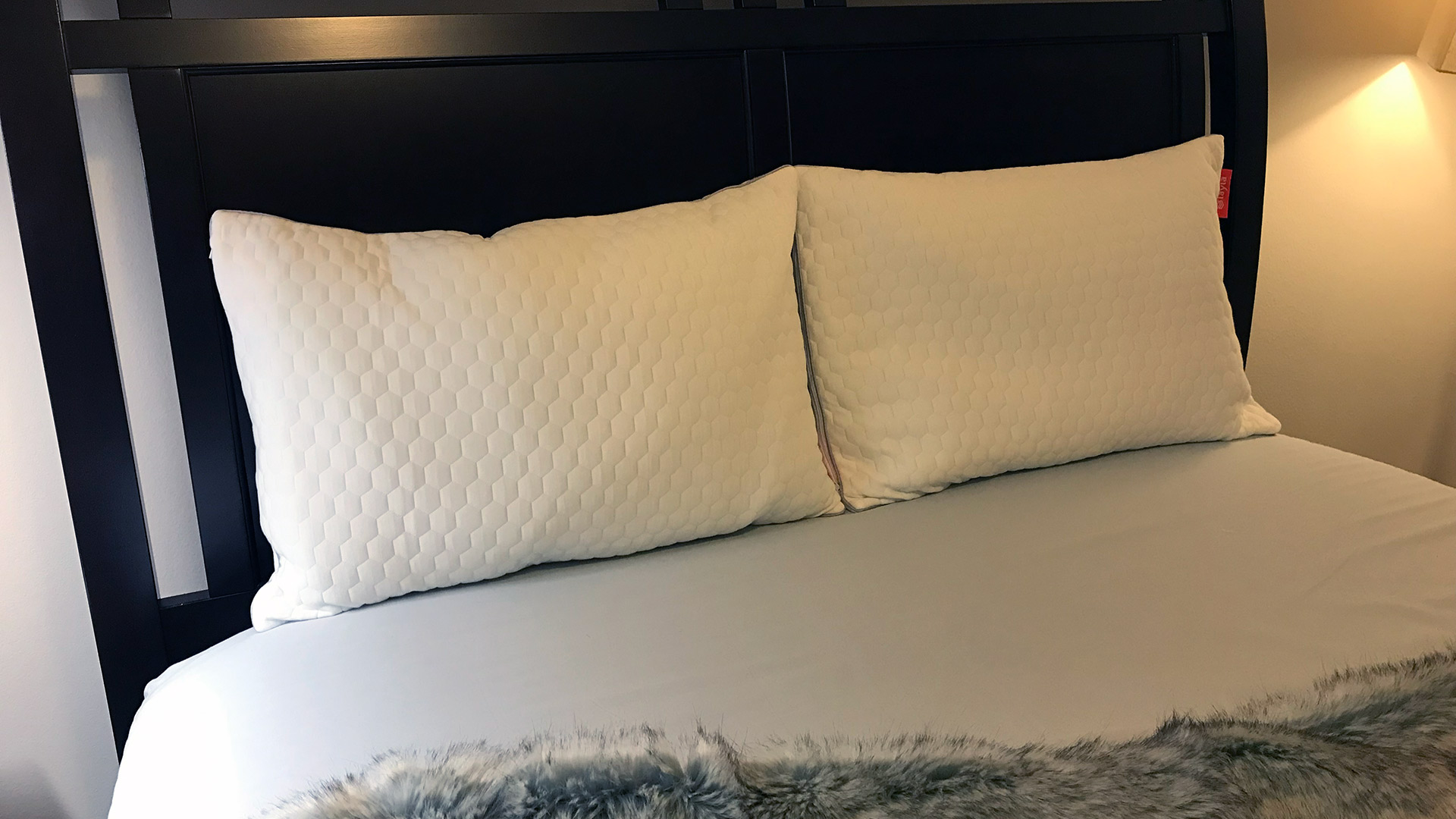


.jpg)
